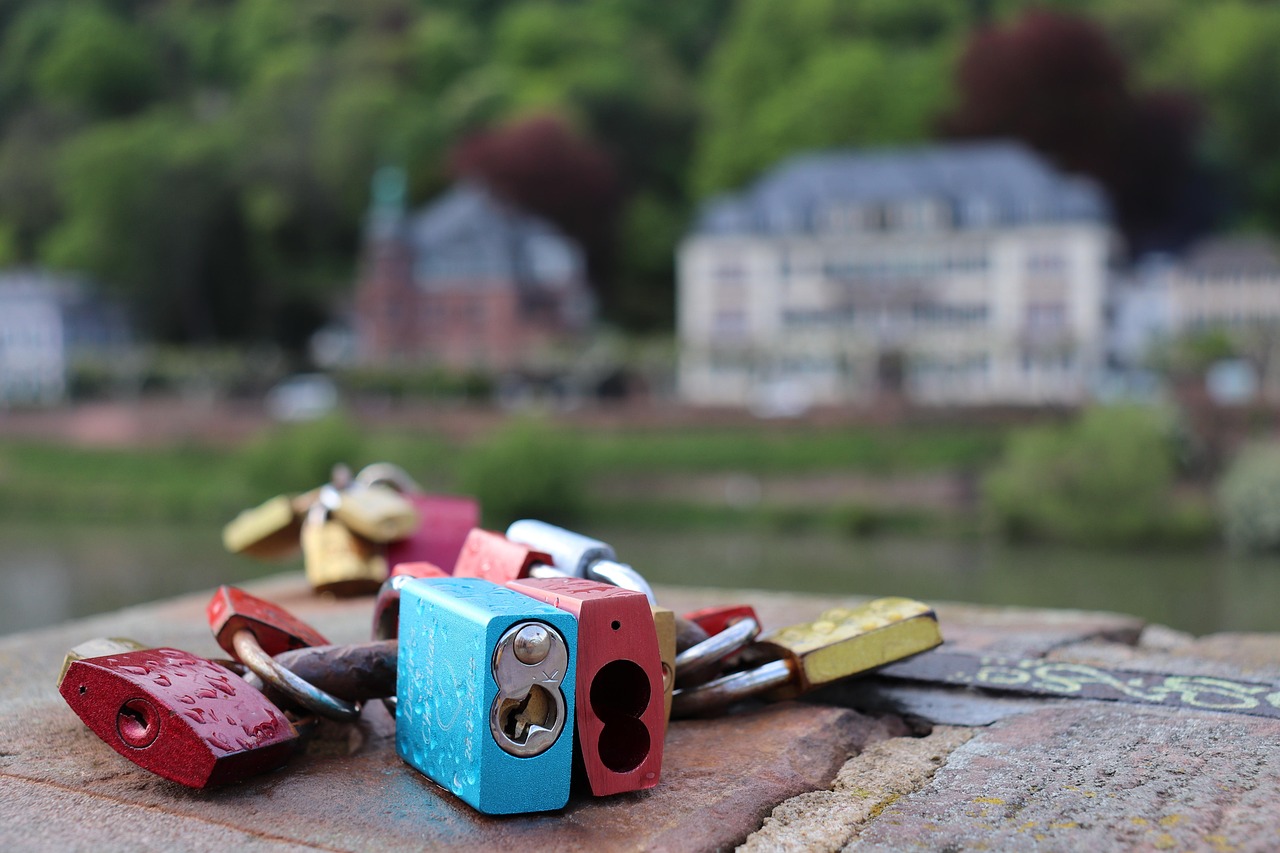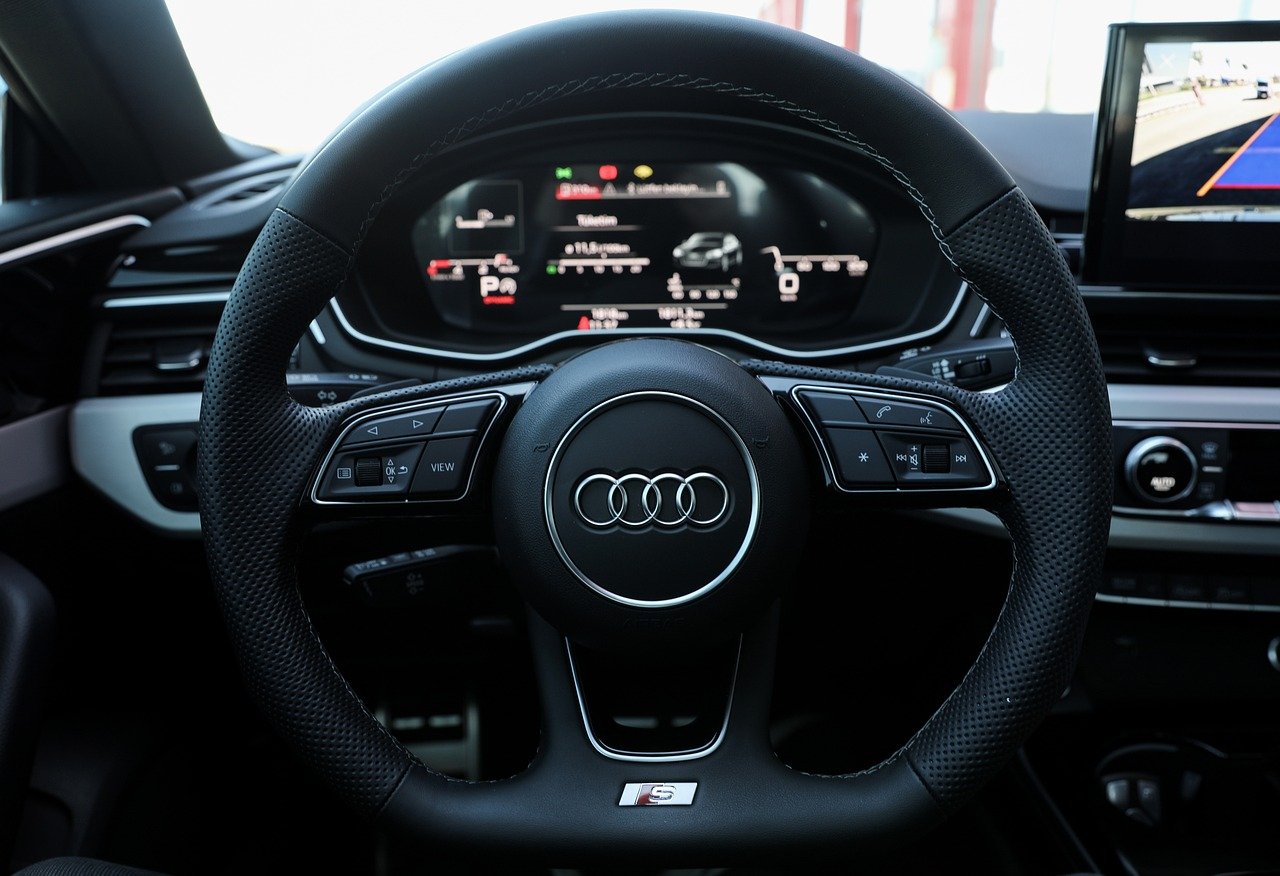
Understanding The Value Of Brand Relationships
The key point is that human relationships offer a useful framework for understanding how brands like Lego build lasting connections with customers. Lego’s Vault in Billund, Denmark, holds about 10, 000 sets arranged chronologically since 1958, showing how the brand has evolved while maintaining loyalty. This long-term collection mirrors how strong brands develop trust and emotional bonds over decades, much like friendships do. The gradual layering of experiences with a brand reduces risk for consumers while increasing their willingness to invest time and money.
Building A Diversified Brand Portfolio Step by Step
Imagine you want to create a diversified portfolio of brands that resonate emotionally with customers like Lego does. First, collect and study a broad range of products or brand experiences from different eras or categories, similar to Lego’s 10, 000-set Vault. This allows you to identify trends and emotional touchpoints that build loyalty. Next, invest in brands that balance innovation and nostalgia, providing both excitement and comfort for consumers. This approach spreads risk—brands that lean too heavily on novelty may alienate older customers, while those stuck in the past might lose relevance.

Comparing Risk And Reward In Brand Loyalty
When projecting outcomes for a diversified brand portfolio, consider these risk-vs – reward factors: – Brands with deep emotional connections (like Lego’s decades of history) typically enjoy lower customer churn, resulting in steady revenues over time, but growth may be slower. – Newer or trend-driven brands offer higher growth potential but come with increased volatility in customer loyalty and market acceptance. – Balancing these extremes reduces overall portfolio risk and maximizes reward by capturing both stable cash flows and growth opportunities. For example, Lego’s consistent presence since 1958 has created a reliable customer base, whereas newer brands may see fluctuating sales depending on trends.

Using Brand History To Predict Future Success
A diversified portfolio benefits from analyzing historical brand data, just as Lego’s Vault archives 10, 000 sets to track its evolution. Brands with documented long-term appeal often maintain or increase market share even during downturns. Incorporating these brands into your portfolio can act as a hedge against market volatility. Meanwhile, monitoring emerging brands with innovative products allows you to capitalize on future trends. Quantitative evidence, such as Lego’s sustained global revenue growth averaging 6 percent annually over the past decade, supports the idea that blending history with innovation improves portfolio resilience.

Applying Emotional Bonds To Investment Strategy
Finally, think of your brand portfolio like a set of friendships. Strong emotional bonds reduce risk by encouraging repeat engagement, while diversified connections open new opportunities. In investment terms, brands that evoke loyalty function as low-risk assets, whereas emerging brands represent higher-risk, higher-reward ventures. By carefully balancing these elements and learning from Lego’s example of cultivating love and friendship with its customers, you can design a diversified portfolio that manages risk while maximizing long-term returns.
